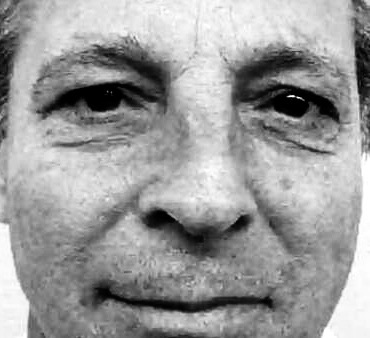ATMORE, Ala. — Alabama executed Gregory Hunt by nitrogen gas Tuesday evening for the 1988 beating death of Karen Lane, marking the state’s continued reliance on capital punishment as much of the nation moves away from the practice. Hunt, 65, was pronounced dead at 6:26 p.m. at a south Alabama prison, in the nation’s sixth execution using nitrogen gas and one of four scheduled in the U.S. this week.
Hunt was convicted in 1990 for the murder of Lane, 32, in her Cordova apartment in Walker County. Prosecutors said Hunt, who had dated Lane for about a month, broke into her home in a jealous rage, sexually assaulted her, and inflicted 60 injuries, including 20 to her head. The jury voted 11-1 for death, and the judge imposed the sentence.
Witnesses to Hunt’s execution described him strapped to a gurney with a blue-rimmed mask over his face. He gave a peace sign before the gas began to flow. Hunt shook, gasped, and raised his head as the nitrogen took effect, becoming still after several minutes.
Alabama’s use of nitrogen gas—a method criticized as experimental—has drawn national scrutiny. The state leads the nation in per capita death sentencing and executions, with 44 people on death row for every million residents, more than twice the rate of Florida and three times that of Texas. Unlike most states, Alabama allows judges to override jury recommendations for life without parole and impose death, a practice that has contributed to its high execution rate.
While executions and death sentences have declined nationally, Alabama remains an outlier, carrying out more executions per capita than any other state. Critics argue that the state’s system lacks adequate safeguards and legal representation for condemned prisoners, raising ongoing questions about the fairness and reliability of its death penalty process.
Hunt’s execution comes as the national debate over capital punishment intensifies, with more states moving to abolish or limit the practice. Yet in Alabama, the death penalty remains entrenched, even as the nation’s attention turns to the ethical and procedural issues that continue to shadow its use.

